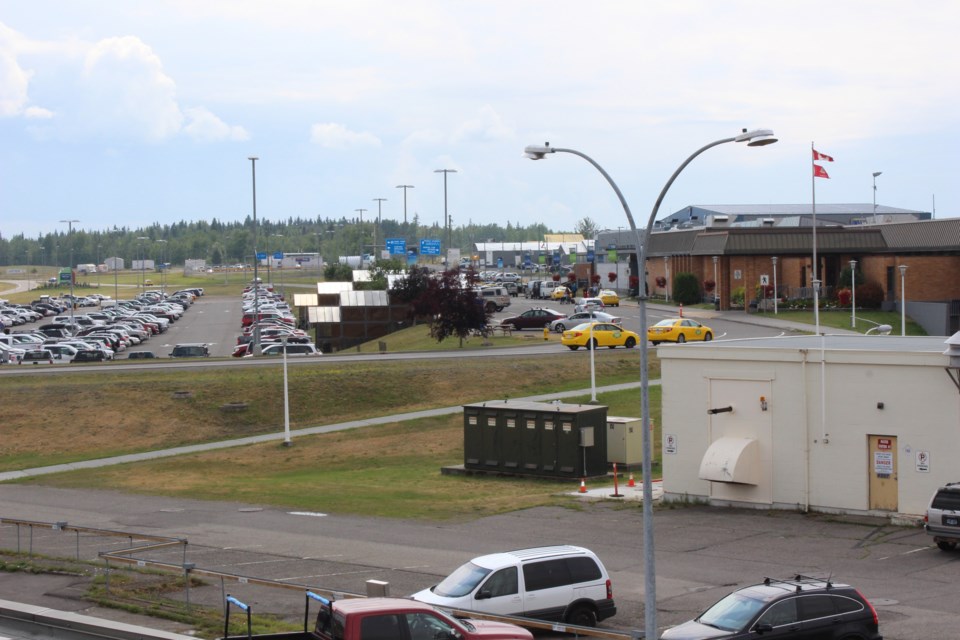Prince George’s Airport is one of many across Canada urging further government action for relief measures.
Since the onset of COVID-19, there has been a dramatic decline in Canadian air traffic and revenues.
Overall passenger traffic declined by 90 percent in April, and it is expected to continue at this low level until travel restrictions are lifted, with revenue losses estimated at more than $2 billion.
“We are going to be open and providing the same safe and efficient operations that we always do, however, we are seeing that big drop in revenue, which is a concern,” says Prince George Airport Authority (PGAA) CEO Gordon Duke.
For March, the PGAA reported a 44 per cent drop in passenger numbers because of COVID-19 travel restrictions and complications.
The not-for-profit organization relies largely on revenues from flights and passenger traffic.
On May 1, representatives from the Canadian Airports Council (CAC) appeared before the House of Commons Standing Committee on Finance to ask for further funding supports.
CAC CEO Joyce Carter asked for measures that include rent relief, loan or bond guarantees and funding for small airports.
“We are cautiously optimistic,” says Duke, about the situation.
“When this started as an industry, and even here in Prince George at YXS, we thought we were thinking April and May are going to be tough and we will start to see some recovery in June – I think, that is still true but it’s going to take a long time to get to the levels that we saw in the past three years.”
He says, industry-wide, they are projecting it will be a four-year gentle climb back to the 2018-2019 numbers.
The federal government has provided ground lease rent relief until the end of the year for the 21 airports that make up the national airport system, which includes YXS.
“We are asking that to continue on,” says Duke.
During her government address, Carter emphasized that rent relief in itself is not a total solution and more support is required for the short and long term viability of Canada’s airports.
CAC has also asked for loan or bond guarantees to relieve cash pressures caused by current debt obligations, and to address the needs of rural and remote communities by providing funding to cover essential operating expenses for airports with a smaller number of passengers.
The CAC says these airports, like YXS, connect their communities to much-needed goods, workers, medical supplies and emergency services.
“Particularly, smaller and medium-sized airports are a vital link in Canada’s economic development and growth,” says Duke.
“We see that airports are that vital link, not only for the convenience of getting away to Vancouver or onward to another location, but to drive business and be that economic engine for our region.”
Duke notes that YXS is also a key piece in the Northern Health Authority’s ability to provide services to remote communities, and the airport also provides other key auxiliary services like hosting the forestry services’ tanker base.
Despite the COVID-19 challenges, Duke says he remains optimistic for Prince George.
“Before this happened we saw some pretty solid economic indicators going on around us and I still believe those will come to happen, probably not as quickly as we would hope, but we do see some good indicators for Prince George and the region in terms of economic opportunity.”
In 2018, PGAA had a record-setting year with over 500,000 passengers visits and, in 2019, expected it’s seven-millionth passenger through the terminal since its official opening.
“Small and medium-sized airports are a vital link in Canada’s infrastructure and how we move about our country so we are always going to be there,” says Duke.
“We are optimistic and looking forward to working with all levels of government to make sure that we have a healthy aviation industry in Canada.”







